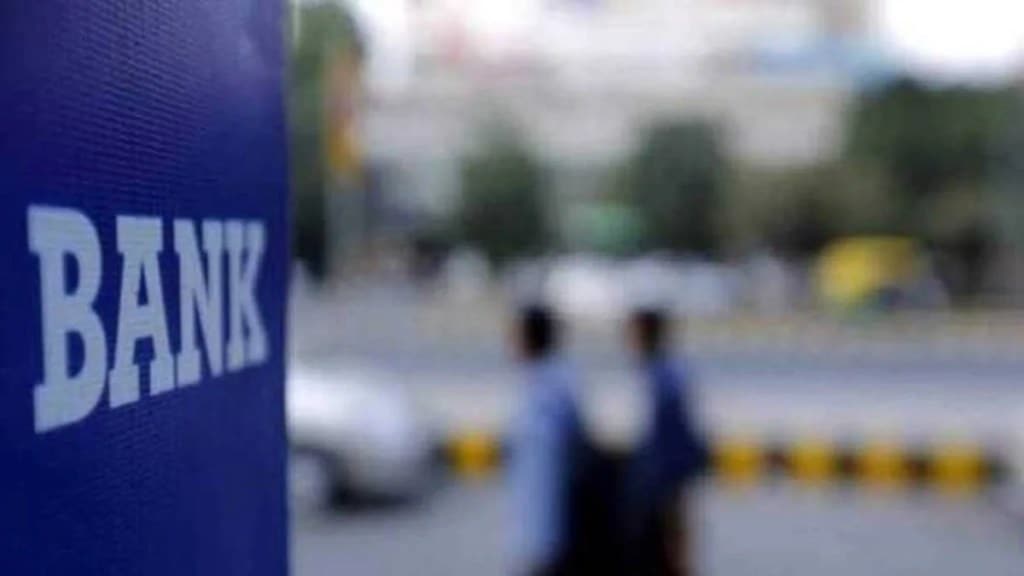The progress of National Asset Reconstruction Co (NARCL) has been stalled by both structural issues and a reluctance among banks to offload assets at the offered price.
“The challenges are very pervasive and have always impacted the ARC industry, which is bid-offer spread. While an ARC discounts cost of capital at 25% because their capital is expensive, banks discount cash flows at a maximum of 12-13%,” said Abizer Diwanji, head – financial services, EY India.
Diwanji added that while NARCL does offer relatively higher prices than peers, banks do not want to sell at even those rates.
Currently, the gross non-performing assets in the banking system is around Rs 13 trillion, taking into account fully written-off accounts. Despite this, the NARCL has so far, fallen short of expectations.
In 2021, the government announced the formation of NARCL, a state-backed bad bank. It would pick up bad loans from banks and sell them to prospective buyers. The NARCL will pay up to 15% of the agreed value for the loans in cash and the remaining 85% will be paid in government-backed security receipts.
State-owned banks hold a 51% stake in NARCL, while the remaining is held by private banks.
Additionally, the government has also set up India Debt Resolution Co (IDRCL), a service company or an operational entity that will manage assets, and engage with various professionals, including turnaround experts. Private banks hold a 51% stake in IDRCL.
In essence, the stressed assets acquired by NARCL will be managed by IDRCL for price discovery and value addition. The Centre had set NARCL a target of Rs 2 trillion bad loans that needed to be acquired by 2021-22 (April-March). However, only 10% of the target has been met so far, say media reports.
While specific numbers on bad loan acquisitions for 2022-23 could not be attained, experts note that these have remained on the lower side.
Experts highlight a plethora of issues that have stalled the progress of NARCL. In fact, the recent resignation of the bad bank’s chairman Karnam Sekar has brought these issues to the fore.
“I think some more guidance on pricing mechanisms and a nudge from the RBI to consortium lenders to encourage the assignment may have resulted in better outcome,” said Ashish Chhawchharia, partner and head — restructuring services, Grant Thornton Bharat.
“At present, each lender has to follow their internal processes of price discovery and decision-making that led to timing mismatch and varied results,” he added. NARCL is insisting that banks agree to a contract absolving it of any future liabilities.
However, banks have pushed back on this request, considering it unrealistic in light of their board responsibilities. Also, the extension of federal guarantees, which expired in 2022-23 (April-March), is causing delays in the transfer of bad loans to NARCL.
While the guarantee issue is significant, another bottleneck is NARCL’s protracted due diligence process and its tendency to present offers that banks deem inadequate, say experts.
Khaitan & Co. partner Siddharth Srivastava notes that there are various important considerations with respect to pending litigations, and attachment of assets that elongates the due diligence process.
“In many instances, there are arbitration cases that are pending and the main value of the company is dependent on the outcome of arbitration,” Srivastava said. The extended decision-making process has resulted in unnecessary complications, creating a hurdle for the NARCL initiative, say experts.
“There is little to no incentive for banks to offload these loans to ARCs. Most of the NPAs are old and already carry substantial provisions. The chances of resolving these bad assets have decreased due to their eroded values,” said Sudharshan Kedia, head — stressed asset resolution group, Resurgent India.
In order to improve resolution and make the bad bank more effective, some feel that it is necessary for IDRCL to be merged with NARCL. In 2021, RBI gave a licence to NARCL to start operations as a bad bank. However, this has led to an internal conflict between NARCL and IDRCL as to who will have the final say on any given matter.
In such a scenario, experts feel that a merger of these two entities will optimise business opportunities and bring down operational costs. In addition to this, recovery-linked incentives for personnel at the bad bank will help attract talent and increase efficiency.

